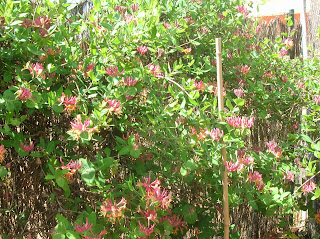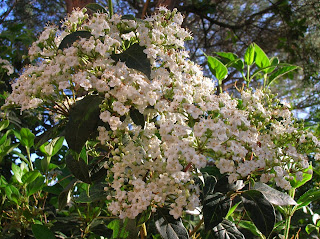



CALLISTEMON CITRINUS
Origen: Sureste de Australia
Es conocido como limpiatubos por la forma de sus flores, con largos estambres.
El nombre de callistemon procede del griego y significa "estambres bellos".
Arbusto peremnifolio muy fácil de cultivar.
Gusta de lugares soleados, resiste heladas no muy fuertes y, una vez arraigado, también resiste la sequía.
En su hábital natural es frecuentado por pájaros y loros. En Recregarden tenemos que conformarmos con abejas y avispas.
Sus hojas tienen un ligero olor a limón, de ahí su nombre específico "citrinus" (de cítrico)
English Version:
Origin: Southeastern Australia
Common name: lemon bottlebrush.
Evergreen shrub with magnificient flowers in cylindrical spikes, with very long stamens.
Callistemon scientific name comes from greek and means "pretty stamens".
It likes sunny places, resits light frosts and, once stablished is drought resistant.
Flowers are visited in Australia by birds and parrots. Here in Recregarden we only have bees and wasps.
Their leaves have a soft lemon scent, therefore its common an specific name.














































